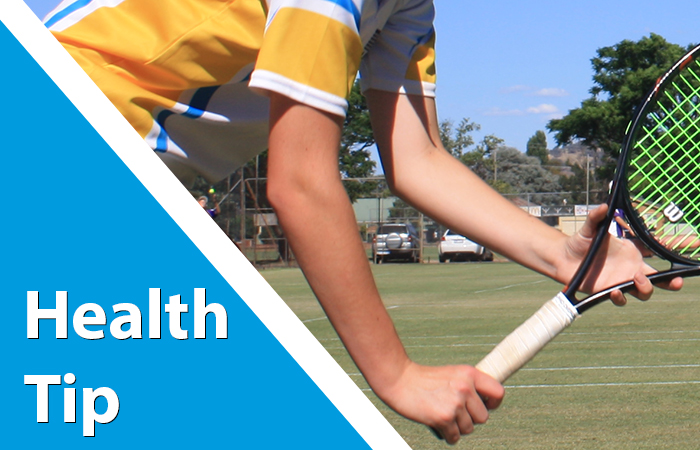19 April 2018 | Tennis Victoria

Thanks to our friends at Holistic Bodyworks, we will share some updates on healthy eating, injury management and stretching with you over the coming months. The first is on Tennis Elbow.
Lateral Epicondylitis, also known as TENNIS ELBOW, which surprisingly is not always caused by playing tennis!
What is it?
It is a non-inflammatory degenerative condition of the forearm extensors at their attachment onto the lateral epicondyle of the humerus – the boney bit on the outside of your elbow. It can cause pain at the tendon attachment site, referral pain into the hand and fingers as well as a loss of strength, specifically when trying to grip objects.
What causes it?
As the name suggests, it is most common in tennis players due to the force through the extensor muscles during a backhand swing. However, they are not the only ones who can develop this condition. It is highly common in all racket sports, but also carpenters, painters, mechanics, office workers and even those with hobbies such as knitting! Basically any activity that involves repetitive movements that affects the area – finger extension (typing), force on wrist flexion (tennis or squash backhand) and force on wrist twisting (screwdriver).
On top of this there are other major factors involved such as:
Posture
Shoulder strength
Muscle balance or imbalance
Technique
Some postural issues and muscle imbalances in the upper back, neck and shoulder can also create tightness and restriction into the arm that can mimic the symptoms of tennis elbow. Therefore it is important to have full assessment to confirm the diagnosis.
Treatment
Recovery from tennis elbow can be slow with rest alone. It requires a proactive approach through diagnosis, manual treatment and a strength program.




